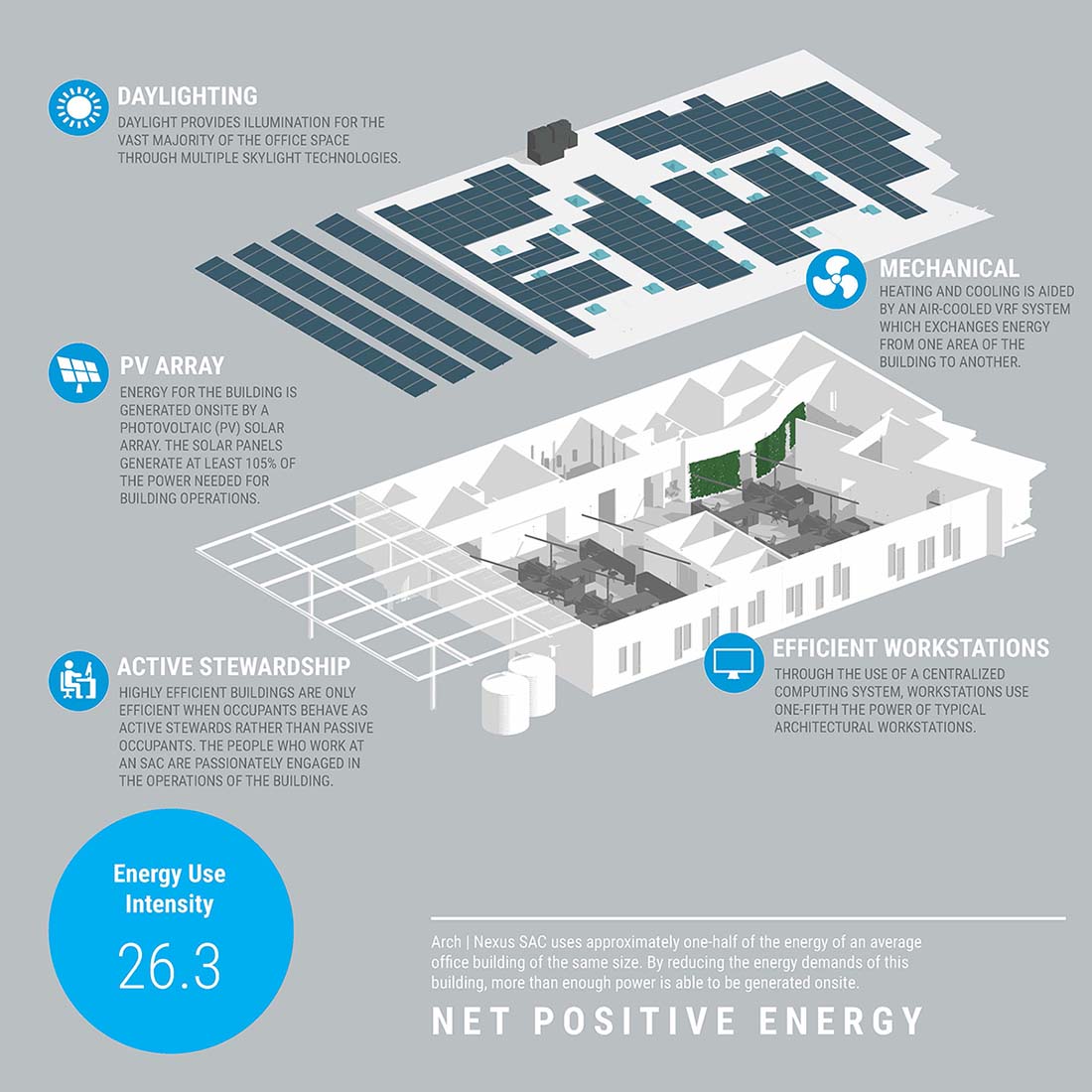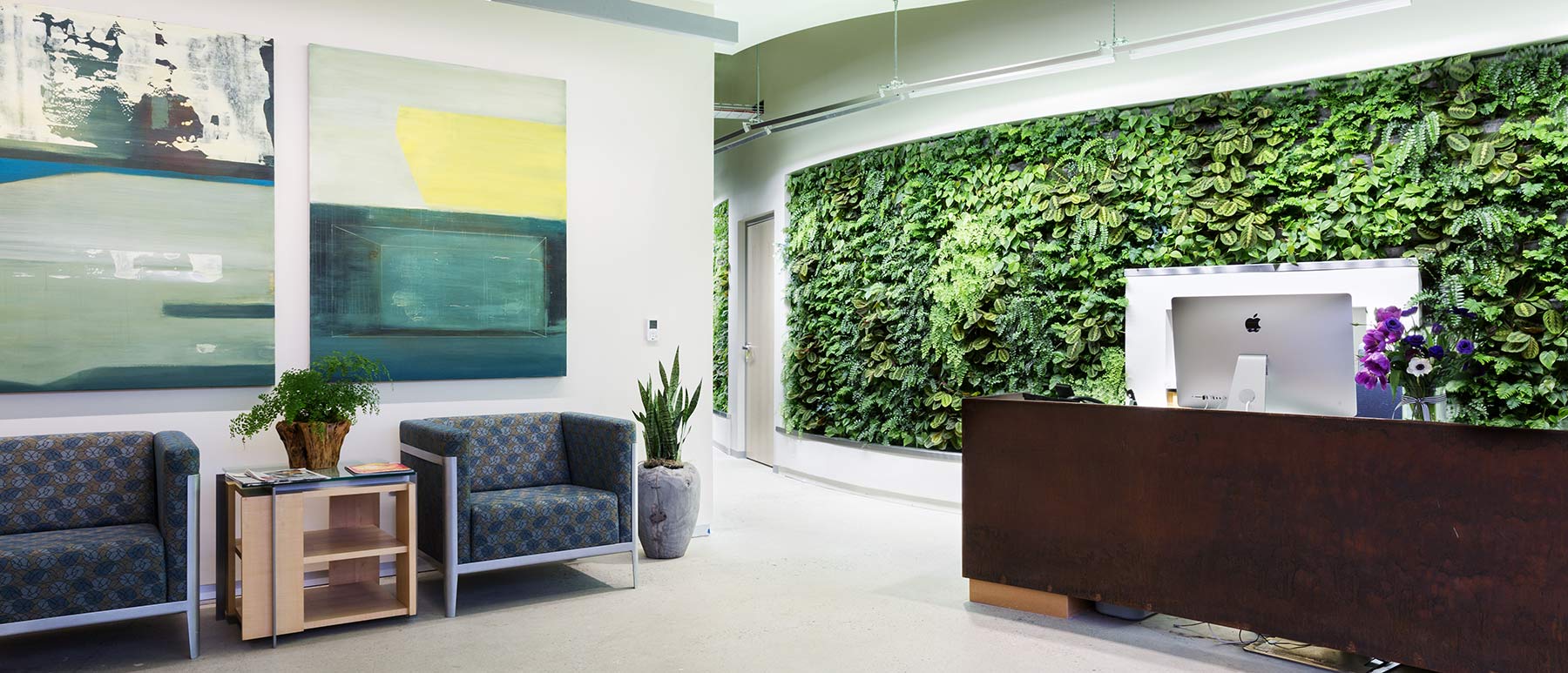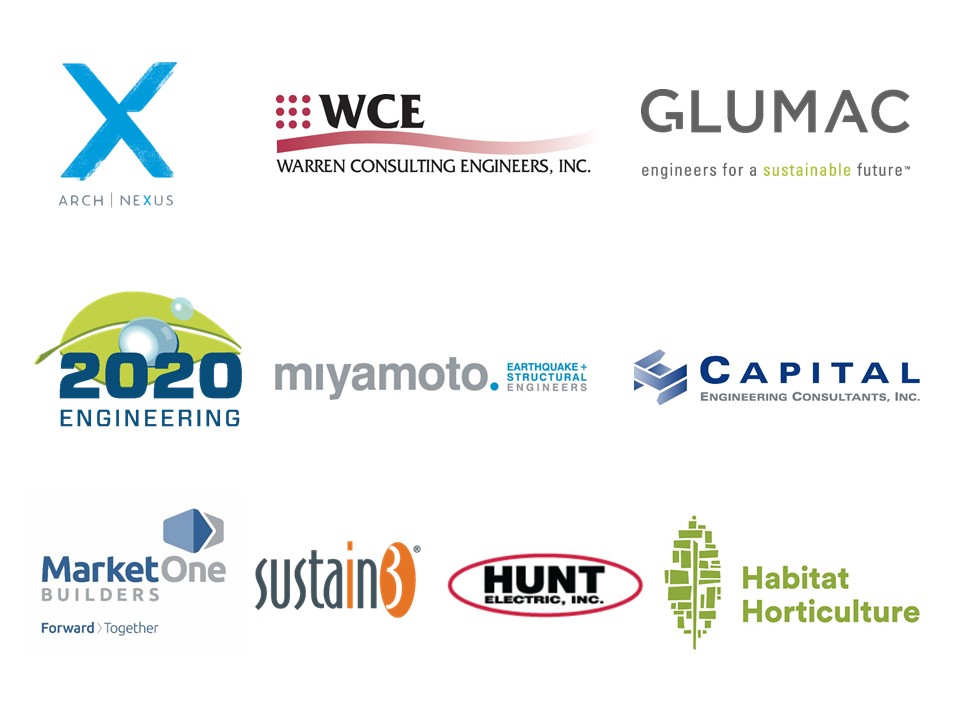It’s an idea that’s drilled into most our heads as children in one form or another: clean your room, put your toys away, when you leave a place be sure it’s as clean as you found it. Basically – be responsible for your actions, and close the loop on them. It would seem obvious that this lesson would translate into our professional lives, particularly for those of us who work in the built environment. Designing buildings that take up natural space, sap energy from local grids, and produce an unending amount of waste should come with the basic expectation that they do not add to the issues facing their surrounding environment. But historically, as we all well know, that has rarely been the case.
As resources tighten and the effects on our climate tip-toe toward irreversible, the time is now to begin closing the loop on our buildings, and investing in sustainable building design that reaches net zero energy and water. And it needs to happen not just inside the design room, but in our communities as well.
To see this through, occupant knowledge is critical. If the goal is net zero energy, where a sustainable building is able to give energy back to the grid, end users need an immediate understanding of how their actions – large and small – affect the building as a whole. Think of it this way – if a person’s goal is to lose weight, information provided by the nutrition facts on their food’s packaging can help inform decisions that lead to the achievement of that goal. Likewise, if the goal is net zero energy and an occupant has a dashboard that lets them know when plug loads are too high, they are able to take action and, say, unplug their computers at night. Or if the HVAC energy is too high, they can keep their windows open more.
And just like the nutrition facts form, the only way to be sure our decisions are properly informed is to be presented with honest information. Performance metrics can be harsh, but in order for improvements to be made, occupants must know if and when they are part of the problem – or the solution. This is all part of taking this crucial conversation out of the design room, and empowering people who need this knowledge the most – the end user.
New technologies and systems are continually being developed and adopted as part of sustainable building design. However, more efficient buildings that include aggressive energy reduction measures, renewable energy systems, as well as water efficiency and reuse strategies, cannot make the meaningful change needed by themselves. People must adopt habits that incorporate these instruments and make their use the norm in their lives. The disconnect between the occupants and buildings is the key reason that most buildings perform significantly below their modeled design. It is therefore critical that designers look beyond the building and take on the responsibility to affect change among people. To this end, architectural firm Arch|Nexus has partnered with Sustain3 to develop a platform that inspires, educates, influences and rewards behavior that is more congruent with the regenerative goals of the Living Building Challenge.

The goal was to create a virtual interface where usage metrics are cataloged and space is given for occupants to share their thoughts on the building’s performance. This creates an effective feedback loop that motivates occupant action. When buy-in is happening at that level, the returns can be tremendous. Peer-to-peer interaction is a crucial component to behavior change. So when occupants see their neighbors engaging with their building in this way, they’ll likely be more inclined to make positive changes in their own habits as well.
The fact that we’re even having this conversation is a huge step in the right direction. A big part of the net zero energy and net zero water movement is honestly confronting the challenges of building design and providing innovative solutions. Cleaning up our mess and continuing to pick up after ourselves. But the A/E/C industry cannot do it alone. It’s a message we must take outside our industry and into our communities – to develop a true demand for these types of projects. And making this a movement that is as sustainable as the buildings we continue to develop.


